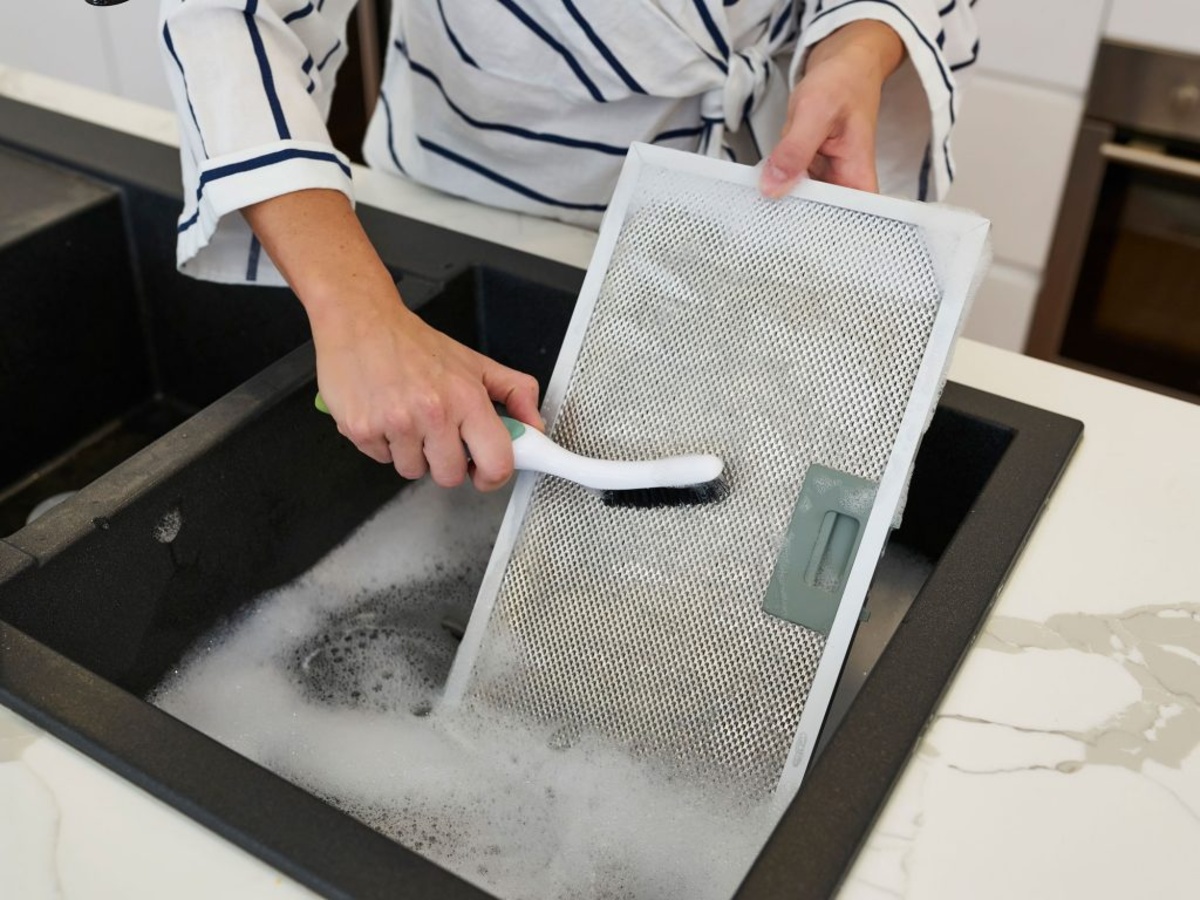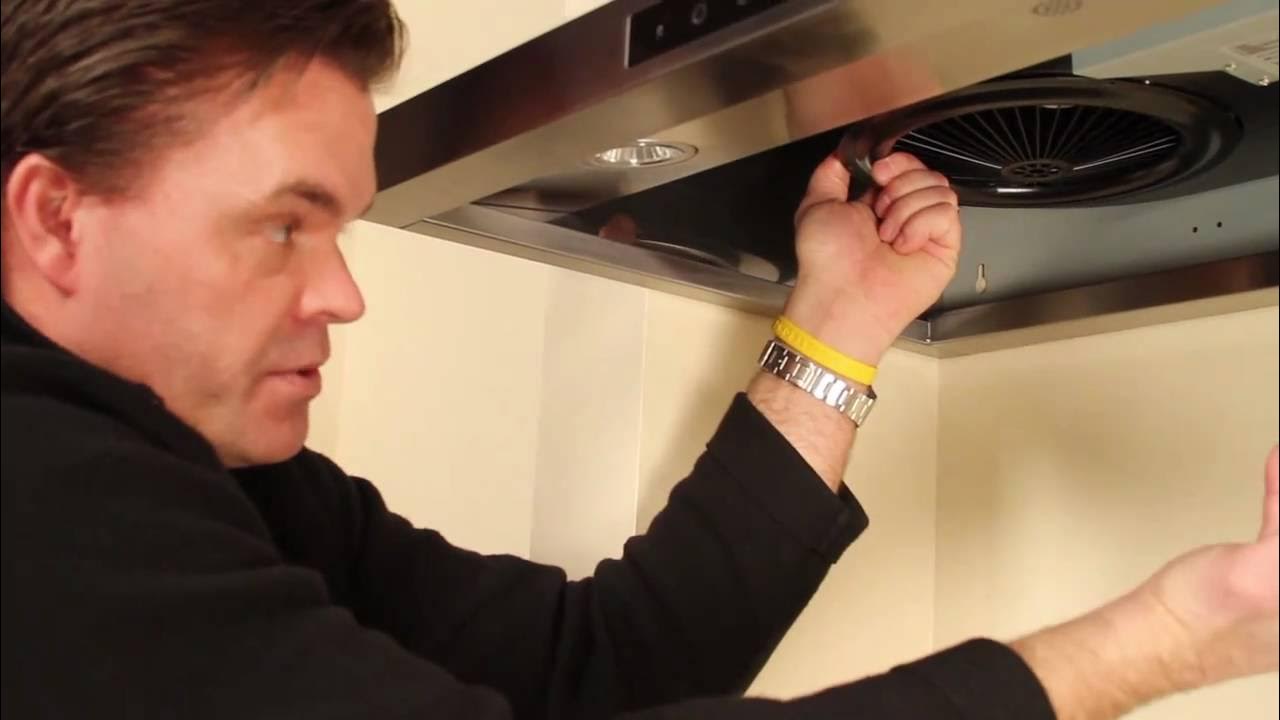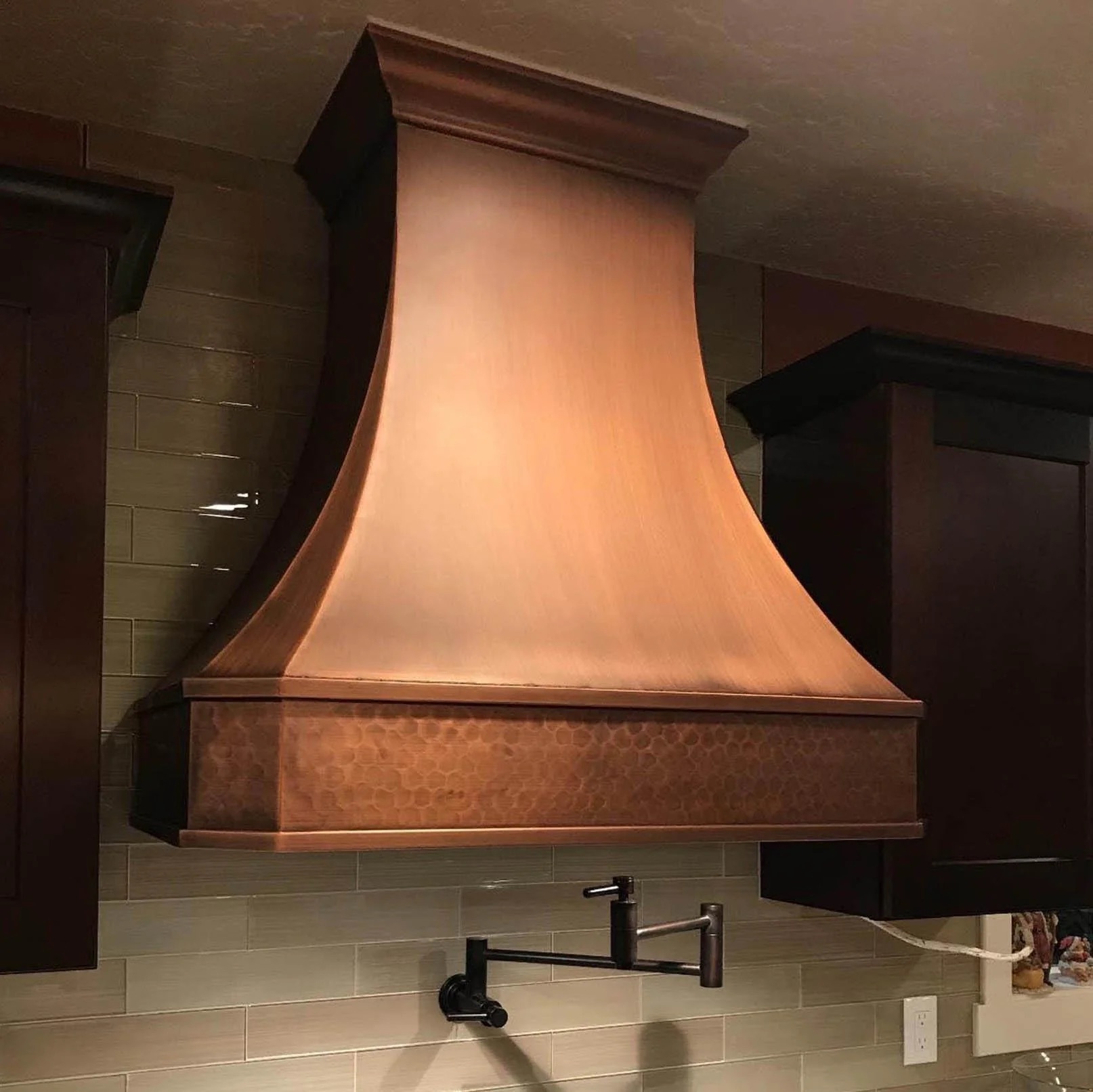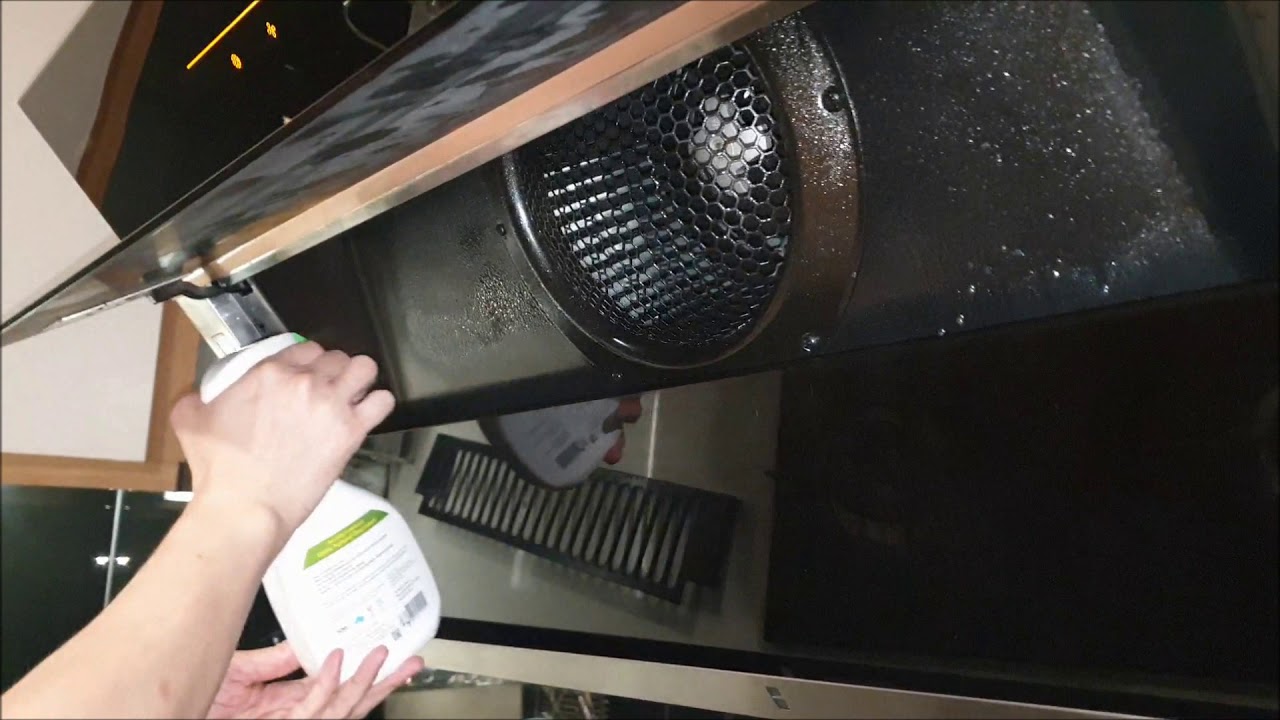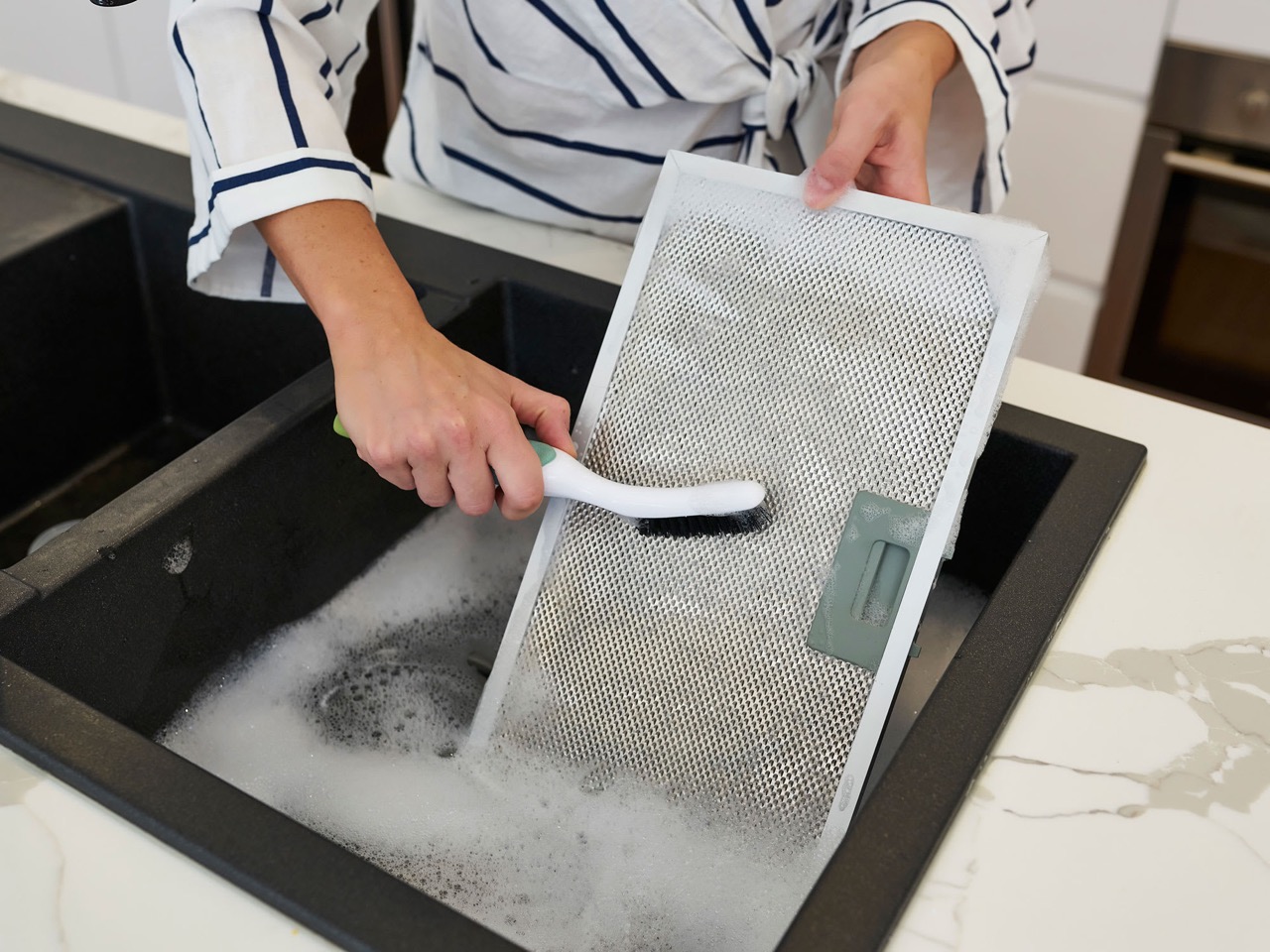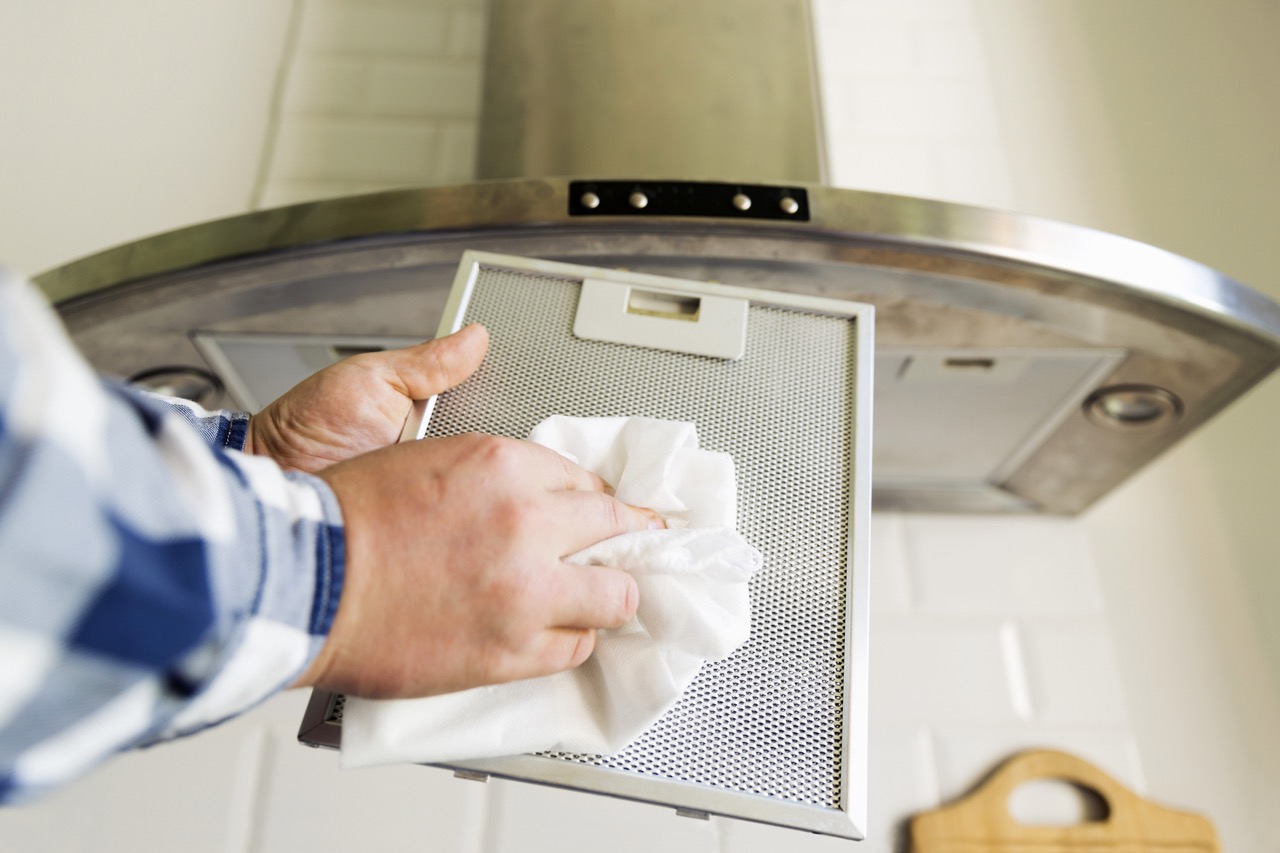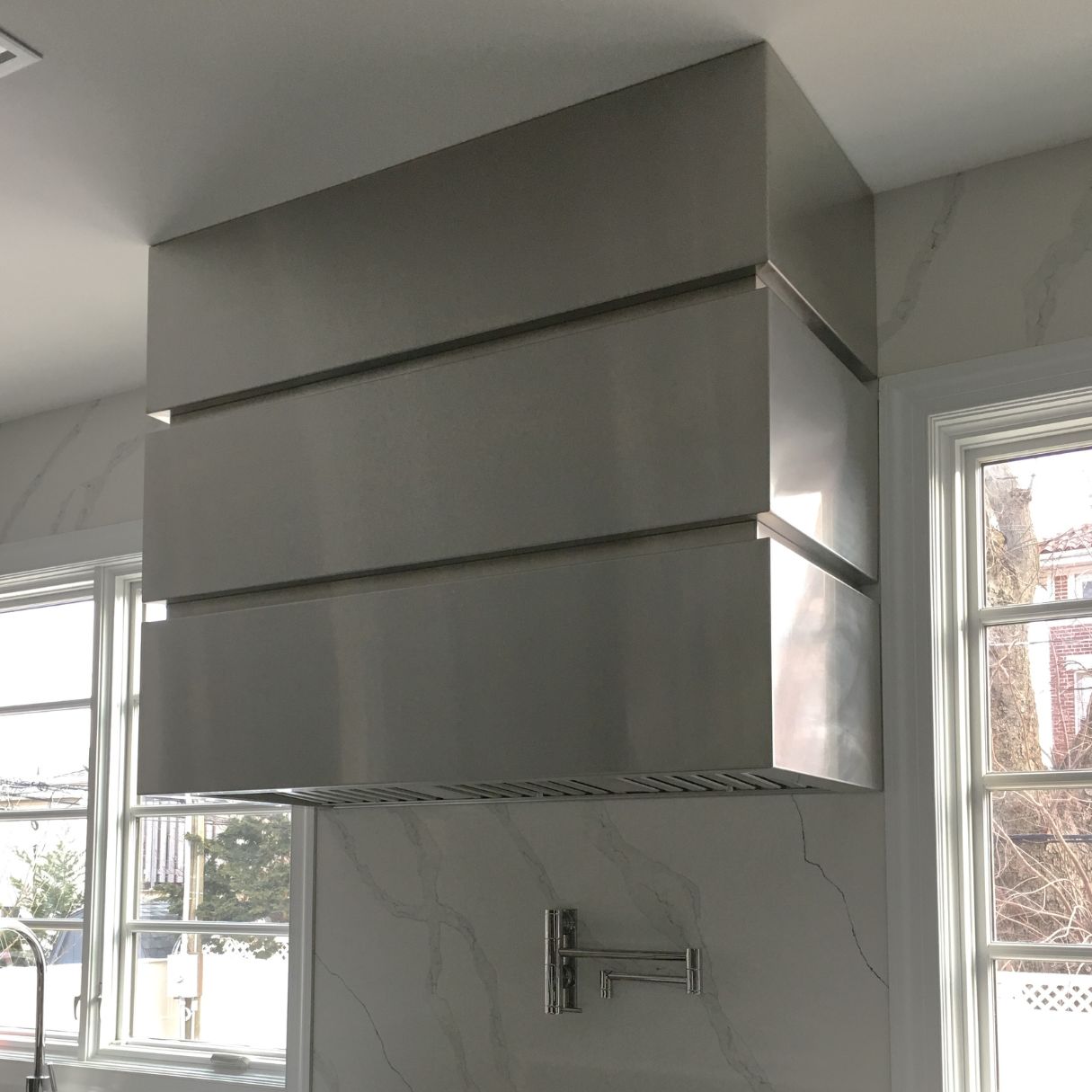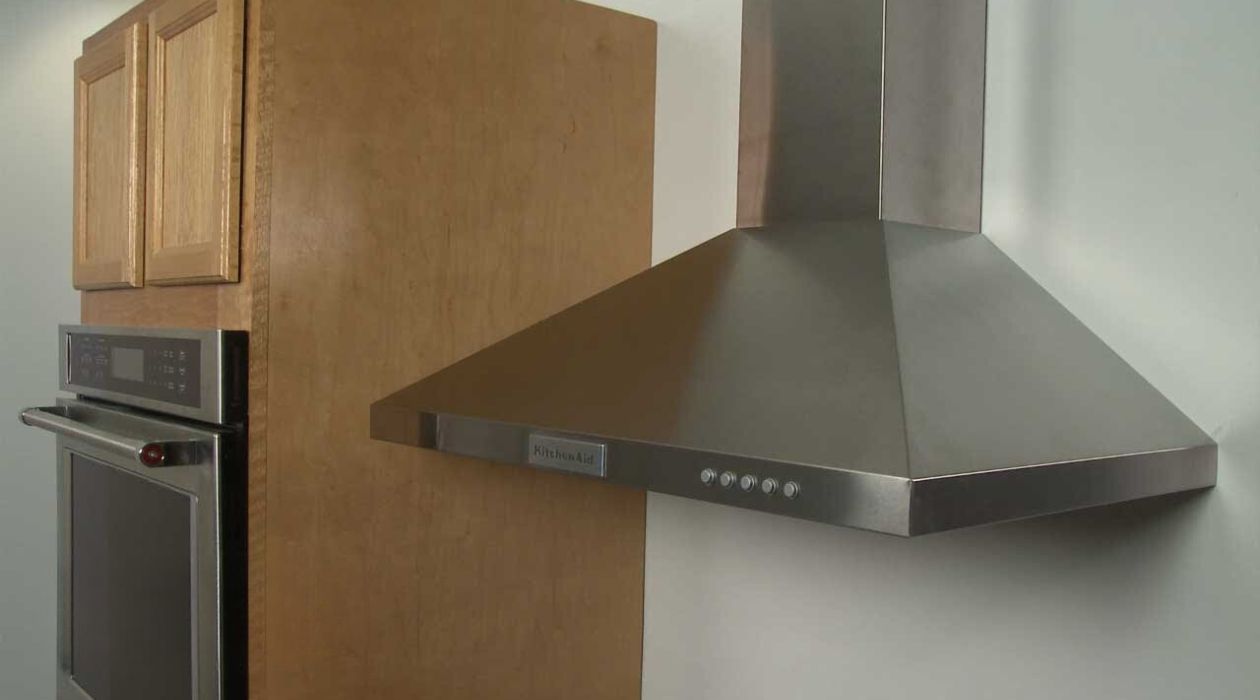Home> how to clean range hood
How to Clean Range Hood: Achieve Spotless Shine Every Time!
Master the art of cleaning your range hood. Our step-by-step guide on ‘How to Clean Range Hood’ ensures a spotless, grease-free result every time. Dive in!
How To Clean Your Range Hood Filter To Prevent Grease Clogs
By: Sophia Turner • 45 Best Kitchen Storage Ideas You Can't Miss Out On
